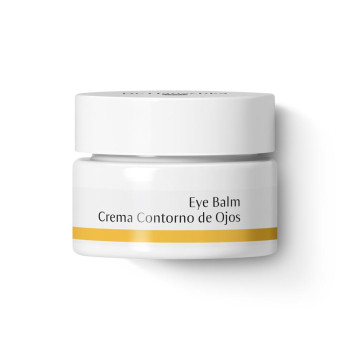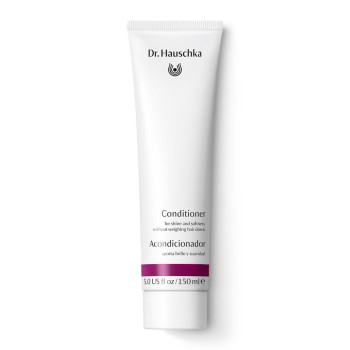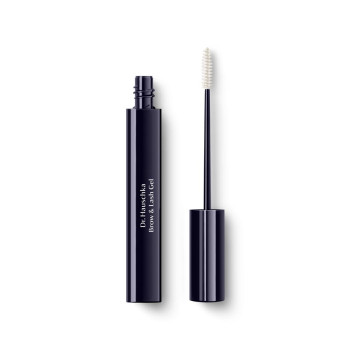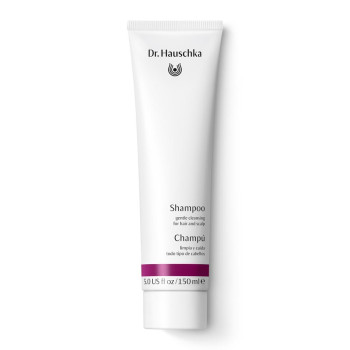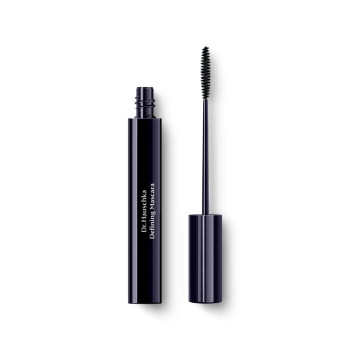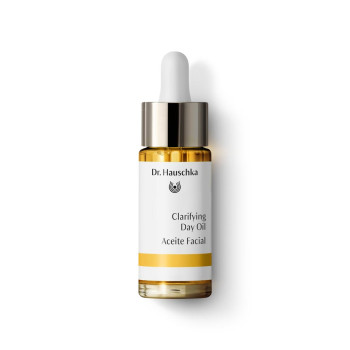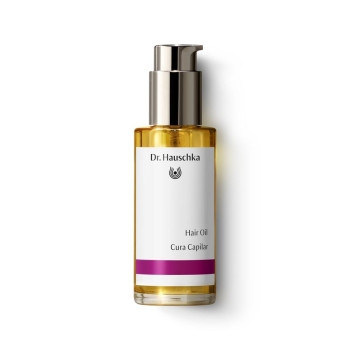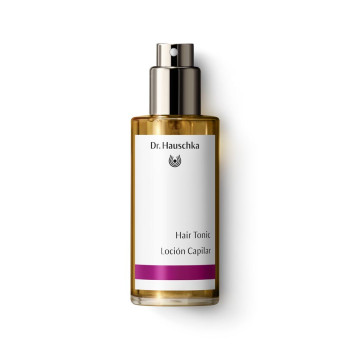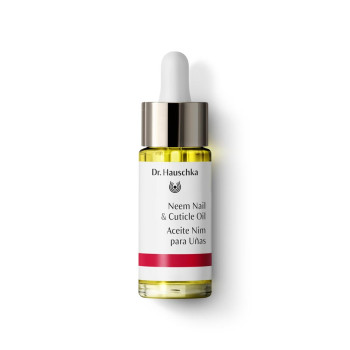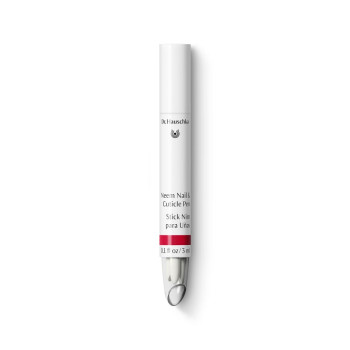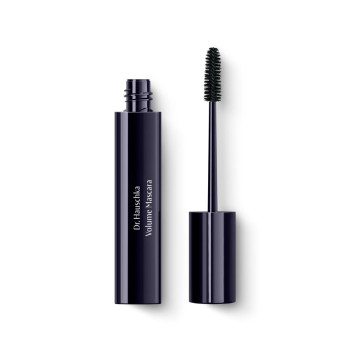
Neem
Synonyms: Bead Tree, Pride of China, Nim, Margosa, Holy Tree, Indiar, Lilac Tree
Scientific Name: Azadirachta indica
Family: Meliaceae (Mahogany Family)
Habitat
Southern Himalayas, India, Burma, Africa, America.
Constituents
The seeds and leaves, which contain different constituents, are the main parts used.
Seeds: azadirachtin, limonoids, terpenoids, bitter compounds
Leaves: limonoids, terpenoids.
Description
The undemanding, fast-growing Neem tree thrives in hot tropical climates. The tree, which reaches a height of 39 ft/12 m, is covered by a pale grey bark, beneath which is a reddish wood. The ash-like leaves can reach a length of up to 20/50 cm and form an airy, spreading foliage. Clusters of purple flowers, which adorn the tree from February to April, exude a lilac-like scent. These develop into cherry-sized, golden-yellow stone fruits with woody, many-sided kernels.
Interesting Facts
The Miliaceae family includes tropical tree species such as mahogany.
In India the Neem tree is believed to be the home of one of the oldest Indian deities: the goddess Sîtalâ, who appears in mythology as healer of smallpox. It was therefore customary to plant the tree next to temples and in front of dwellings to protect against disease. Its branches are used for New Year rites and spring cures. When a child is born people use them to decorate their huts and dwellings so that they will be blessed with divine help. In order to make up for disturbing Sîtalâ and taking away part of her home, offerings are placed in front of the tree to pacify the goddess before the branches are broken off.
Today the shade-giving Neem tree is still planted on avenues and fields because it freshens the air and keeps away insects. Because of its numerous different effects, Neem is sometimes referred to in India as The Village Pharmacy. Neem twigs are also used there as tooth brushes. The young twigs are chewed until they are frayed and then used for brushing the teeth.
In recent years the Neem tree has attracted public attention for a different reason. In 1995 the American agrochemical company W.R. Grace, developer of a Neem-based insecticide, was granted a patent on the Neem tree which was then withdrawn again by the European Patent Office in 2000. More than half a million Indians had taken to the streets in Bangalore to protest against the patent and the attempt to take away their rights to the holy Neem tree.
The plant from another perspective
In the Neem tree the roles of the elements warmth, air, water and earth are very evenly balanced. None of them appears to predominate. Thus, Neem generally harmonizes and helps balance both overactive nerve processes and excessive metabolic processes in the skin.
The plant in our products
Neem leaves have been used by WALA ever since Elisabeth Sigmund, the founder of Dr. Hauschka Skin Care, brought back this valuable tree from a study visit to India. Extracts of the leaves are contained in:
